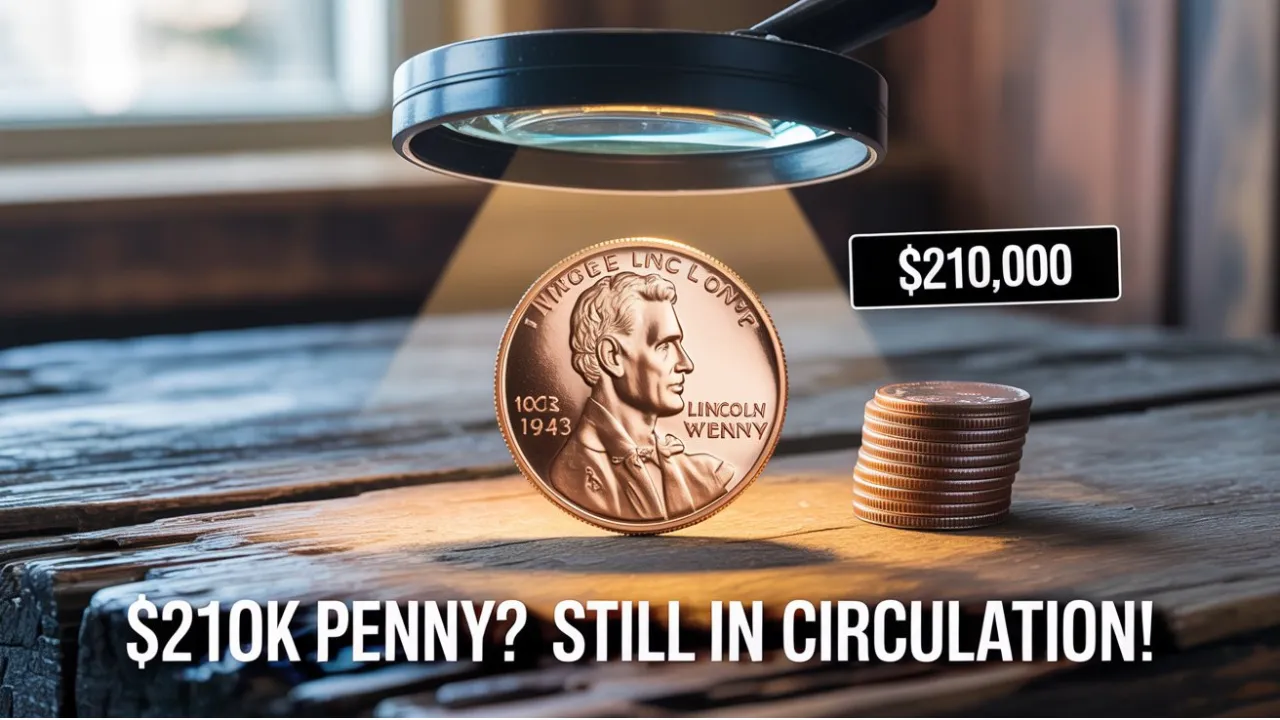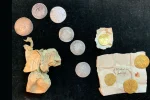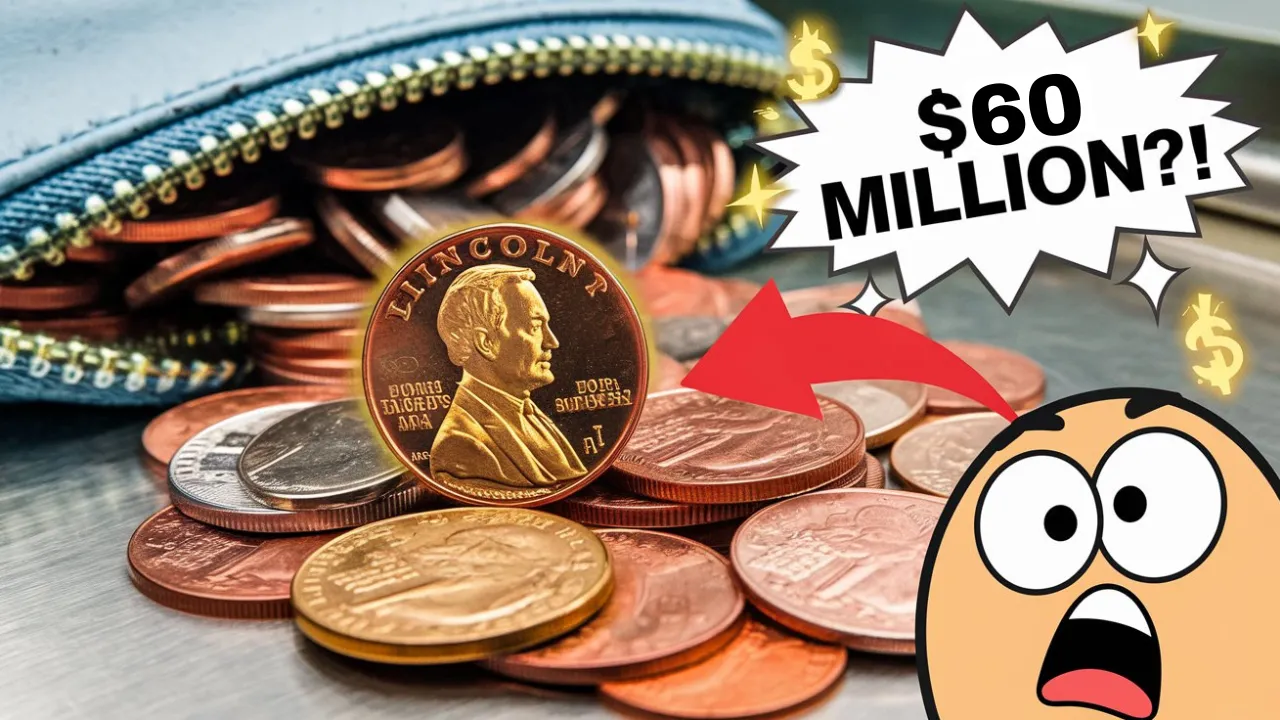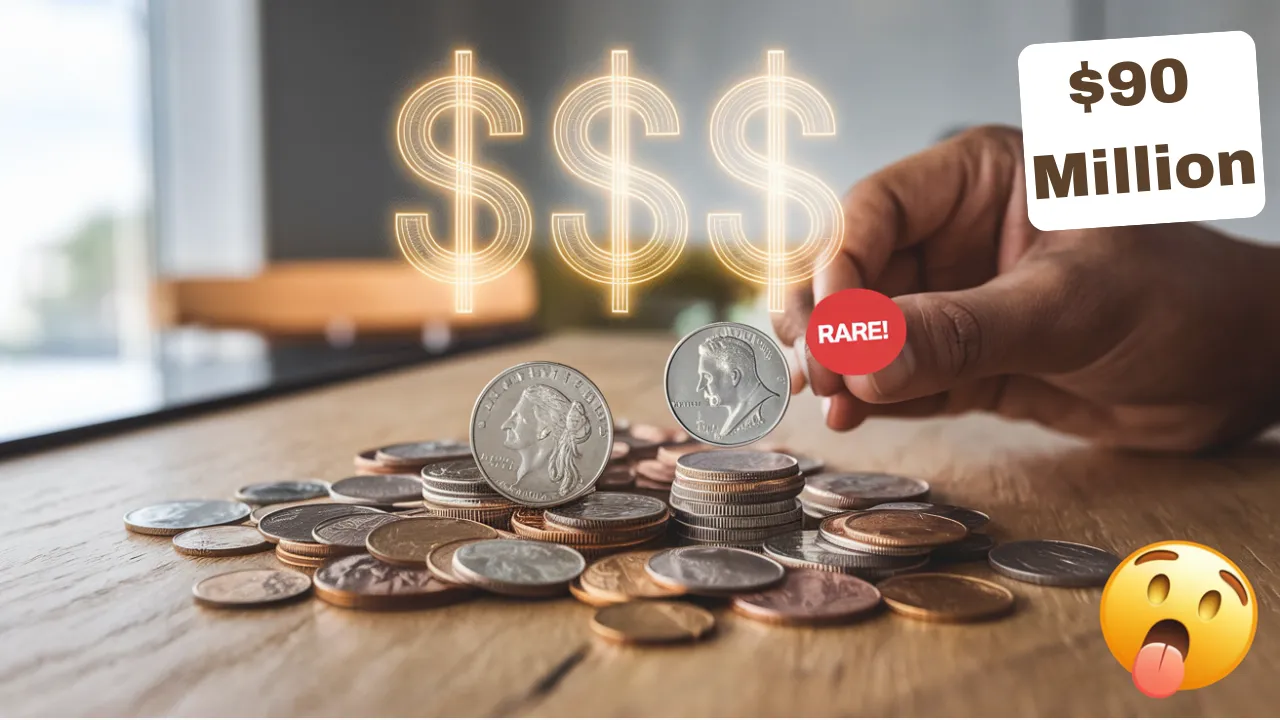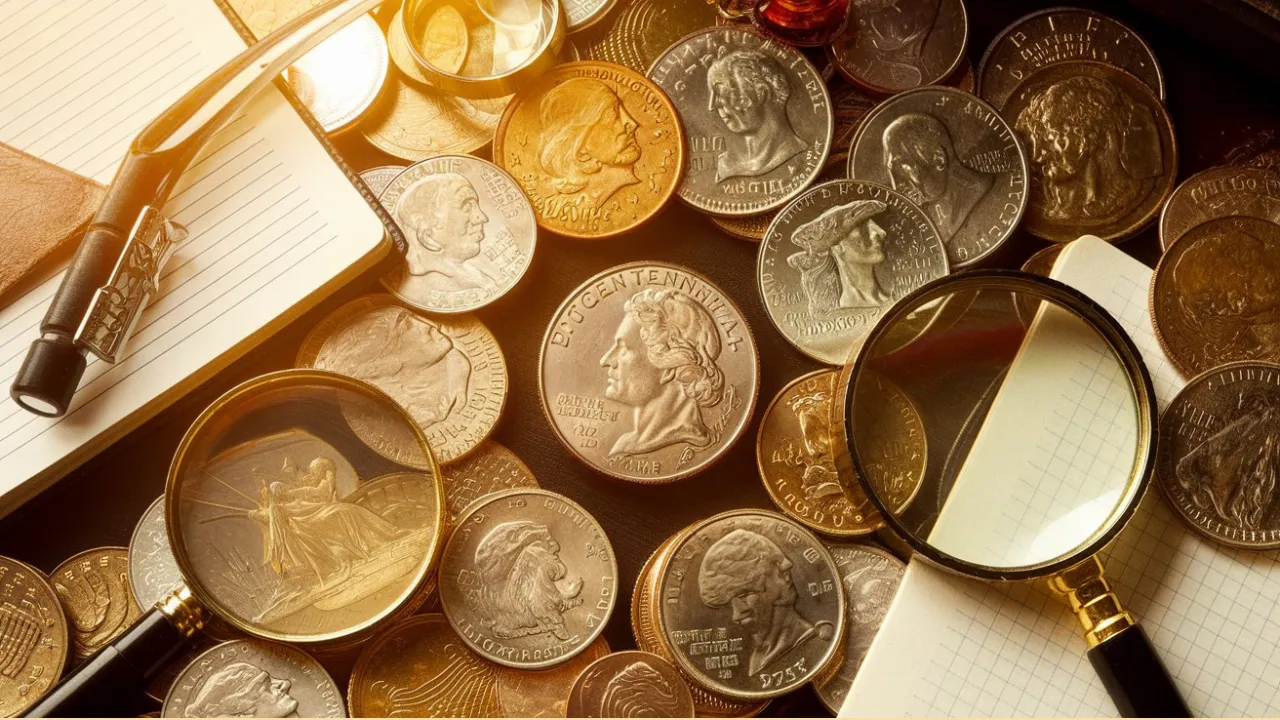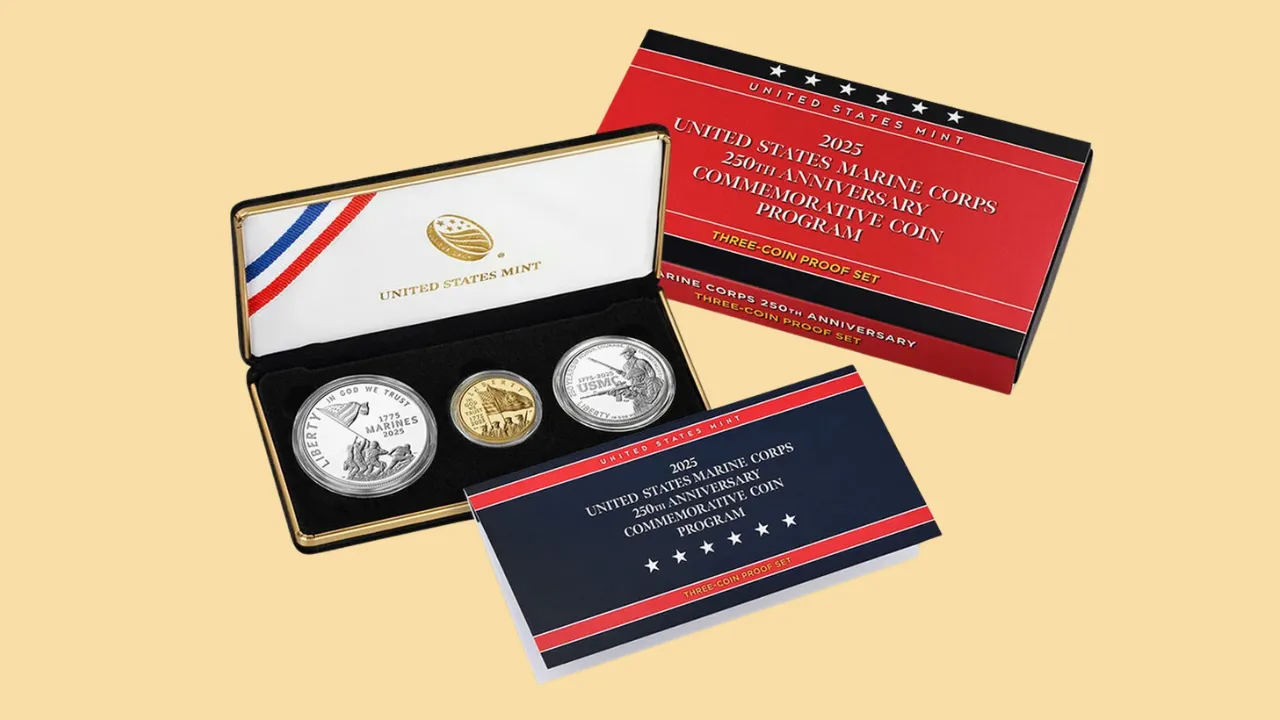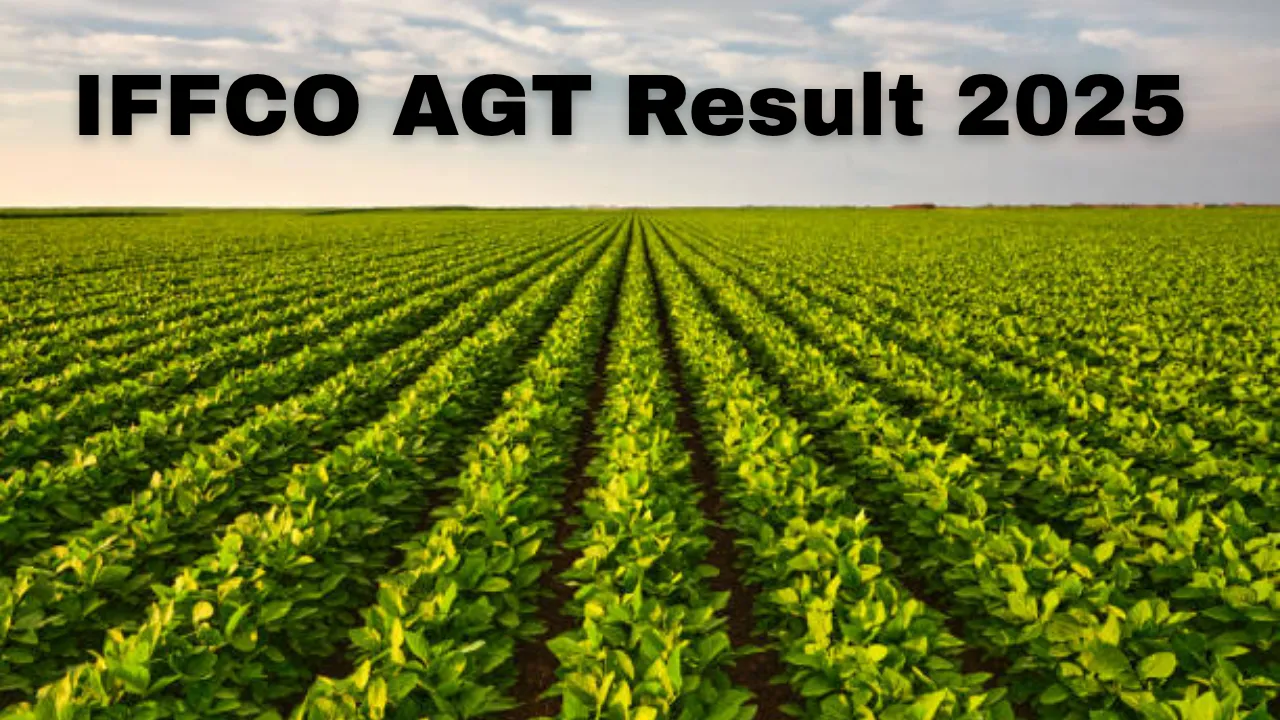The Lincoln Wheat Penny Valued at $210K: The Lincoln Wheat Penny, first introduced in 1909, holds a special place in American coinage. Its classic design and historical significance have made it a favorite among collectors and history enthusiasts. While most of these pennies are worth just a single cent, some rare editions have become highly sought-after treasures, with one example recently valued at an astounding $210,000.
What makes this particular Lincoln Wheat Penny so valuable? And how is it possible that such a coin is still in circulation? In this article, we’ll uncover the story behind this rare penny, its unique characteristics, and why coin collectors continue to chase after it. Whether you’re a seasoned numismatist or just discovering the world of coin collecting, this guide is for you.
Overview Table: The Lincoln Wheat Penny at a Glance
| Feature | Details |
| Coin Name | Lincoln Wheat Penny |
| Minting Period | 1909–1958 |
| Designer | Victor David Brenner |
| Material | Copper (1909–1942, 1944–1958), Steel (1943, with rare copper errors) |
| Unique Features | Abraham Lincoln’s profile on the front; wheat stalks on the reverse |
| Rare Example | 1943 Copper Penny valued at $210,000 |
| Reason for Rarity | Minting error during World War II |
| Collecting Appeal | Historical significance, mint errors, and iconic design |
The History of the Lincoln Wheat Penny
The Lincoln Wheat Penny made its debut in 1909 to honor the 100th anniversary of President Abraham Lincoln’s birth. Designed by Victor David Brenner, it was the first U.S. coin to feature a president’s portrait, replacing the Indian Head Penny.
Its reverse design featured two simple stalks of wheat, symbolizing prosperity. This modest yet iconic design remained in circulation until 1958, when the penny’s reverse was changed to depict the Lincoln Memorial. Millions of Lincoln Wheat Pennies were minted, and they quickly became an integral part of daily transactions in the United States.
While most of these coins are worth only their face value, certain minting errors and low-production editions have elevated some to legendary status among collectors.
The $210,000 Lincoln Wheat Penny
The staggering $210,000 valuation of the 1943 Lincoln Wheat Penny is due to an extraordinary minting error. During World War II, copper was in high demand for military equipment, so the U.S. Mint produced pennies from steel coated with zinc in 1943. However, a few leftover copper planchets from 1942 mistakenly ended up in the minting process, resulting in a small batch of 1943 copper pennies.
This error created one of the rarest and most valuable coins in U.S. history. Only a handful of 1943 copper Lincoln Wheat Pennies are known to exist, making them incredibly desirable to collectors. The rarity of these coins, combined with their historical significance, is why they command such high prices at auction.
Why Is the 1943 Copper Penny Still in Circulation?
You might wonder how a coin worth $210,000 could still be found in circulation. While most of these rare pennies are securely housed in private collections or auctioned to collectors, a few remain unaccounted for.
This is partly due to people not recognizing the value of such coins. Many individuals may find these pennies in their pocket change or in an old jar of coins and assume they’re ordinary. Without knowing their significance, they might inadvertently spend or trade them as if they were just another penny.
Additionally, some coins have been rediscovered decades later in old collections or safes passed down through generations. This element of surprise keeps the thrill alive for collectors hoping to uncover a rare find.
How to Identify a Rare Lincoln Wheat Penny
Spotting a valuable Lincoln Wheat Penny requires a keen eye and attention to detail. Here are some tips to help you identify one:
- Check the Year: The 1943 copper penny is particularly valuable. Look for pennies minted in years like 1909 (especially with the “S” mint mark and VDB initials) or 1922 (Denver mint with missing “D” mint mark).
- Material Test: Use a magnet to test your 1943 penny. Steel pennies will stick to the magnet, while copper pennies will not.
- Inspect the Mint Mark: The mint mark, located below the year, reveals where the coin was produced. Certain mint marks, like “S” or “D,” add to a coin’s rarity.
- Look for Errors: Coins with mistakes, such as doubled dates, off-center strikes, or missing elements, can be highly valuable.
- Condition Matters: Well-preserved pennies in near-perfect condition fetch higher prices, so check for minimal wear or tarnish.
Other Valuable Lincoln Wheat Pennies
While the 1943 copper penny is the most famous, other Lincoln Wheat Pennies are also worth collecting. Here are a few notable examples:
- 1909-S VDB Penny: This coin features the initials of its designer, Victor David Brenner, and was minted in limited quantities in San Francisco.
- 1922 No D Penny: A minting error resulted in pennies from Denver being struck without the “D” mint mark, making them highly collectible.
- 1955 Doubled Die Penny: This error caused the date and lettering to appear doubled, creating a distinct and valuable variation.
The Timeless Appeal of Coin Collecting
Coin collecting is a rewarding hobby that combines history, art, and investment potential. Rare coins like the Lincoln Wheat Penny represent more than their monetary value—they’re tangible pieces of the past. Each coin tells a story, from its design and production to the historical events that shaped its journey.
Collectors often enjoy the thrill of the hunt, whether it’s sifting through pocket change or attending auctions. Coins with unique features or errors offer an additional layer of intrigue, as they highlight moments of human error or technological evolution in minting practices.
FAQs
1. Are all Lincoln Wheat Pennies valuable?
No, most Lincoln Wheat Pennies are worth 1 to 10 cents. Only rare variations or error coins hold significant value.
2. How do I know if I have a 1943 copper penny?
Use a magnet—if the coin doesn’t stick, it could be copper. Additionally, consult a professional numismatist for verification.
3. What other years of Lincoln Wheat Pennies are rare?
Years like 1909-S VDB, 1922 No D, and 1955 Doubled Die are examples of rare and valuable pennies.
4. Where can I sell rare Lincoln Wheat Pennies?
You can sell rare coins at auctions, to professional coin dealers, or through reputable online marketplaces.
5. Why are minting errors valuable?
Minting errors create unique coins that are different from the standard issue, making them rare and desirable to collectors.
Final Thoughts
The Lincoln Wheat Penny is more than just a coin—it’s a piece of American history. From its introduction in 1909 to its iconic design and rare variations, this penny has captured the hearts of collectors and historians alike. The 1943 copper penny, valued at $210,000, is a shining example of how a seemingly ordinary coin can turn into a priceless treasure.
Whether you’re an experienced collector or a curious beginner, keep an eye on your change. You never know when a rare Lincoln Wheat Penny might make its way into your hands! 💬 Share your findings or experiences in the comments below, and let’s keep the conversation going!
